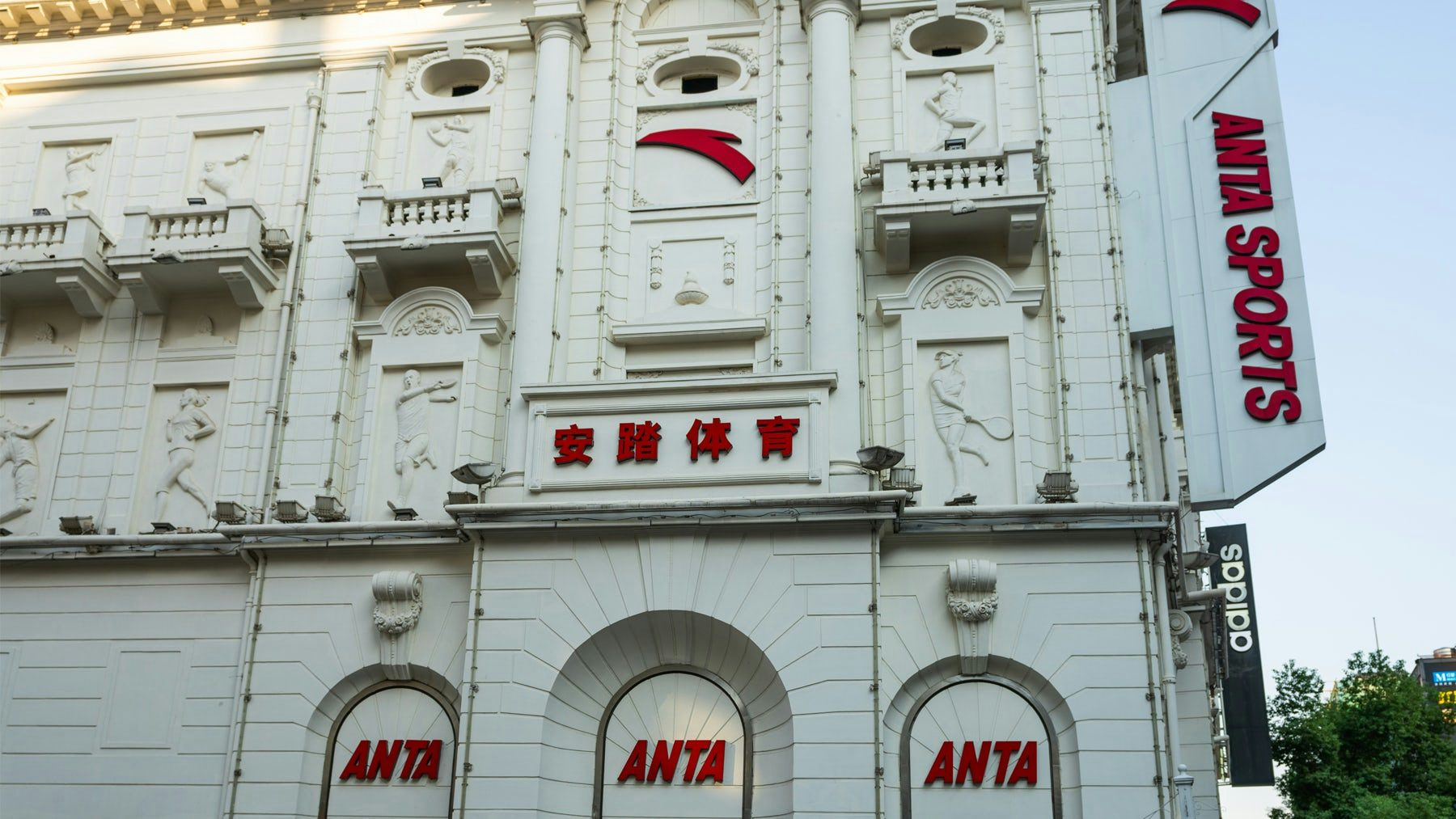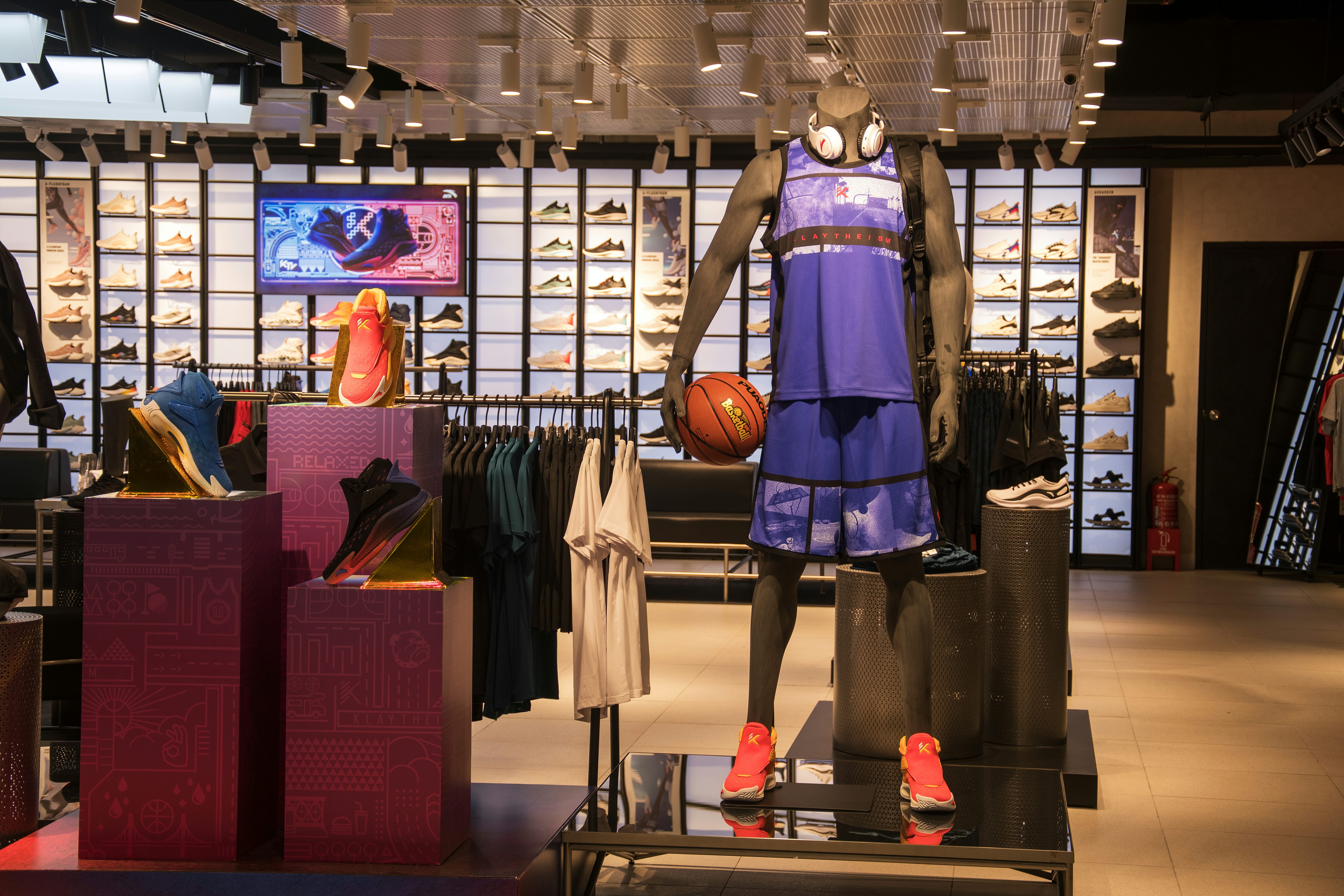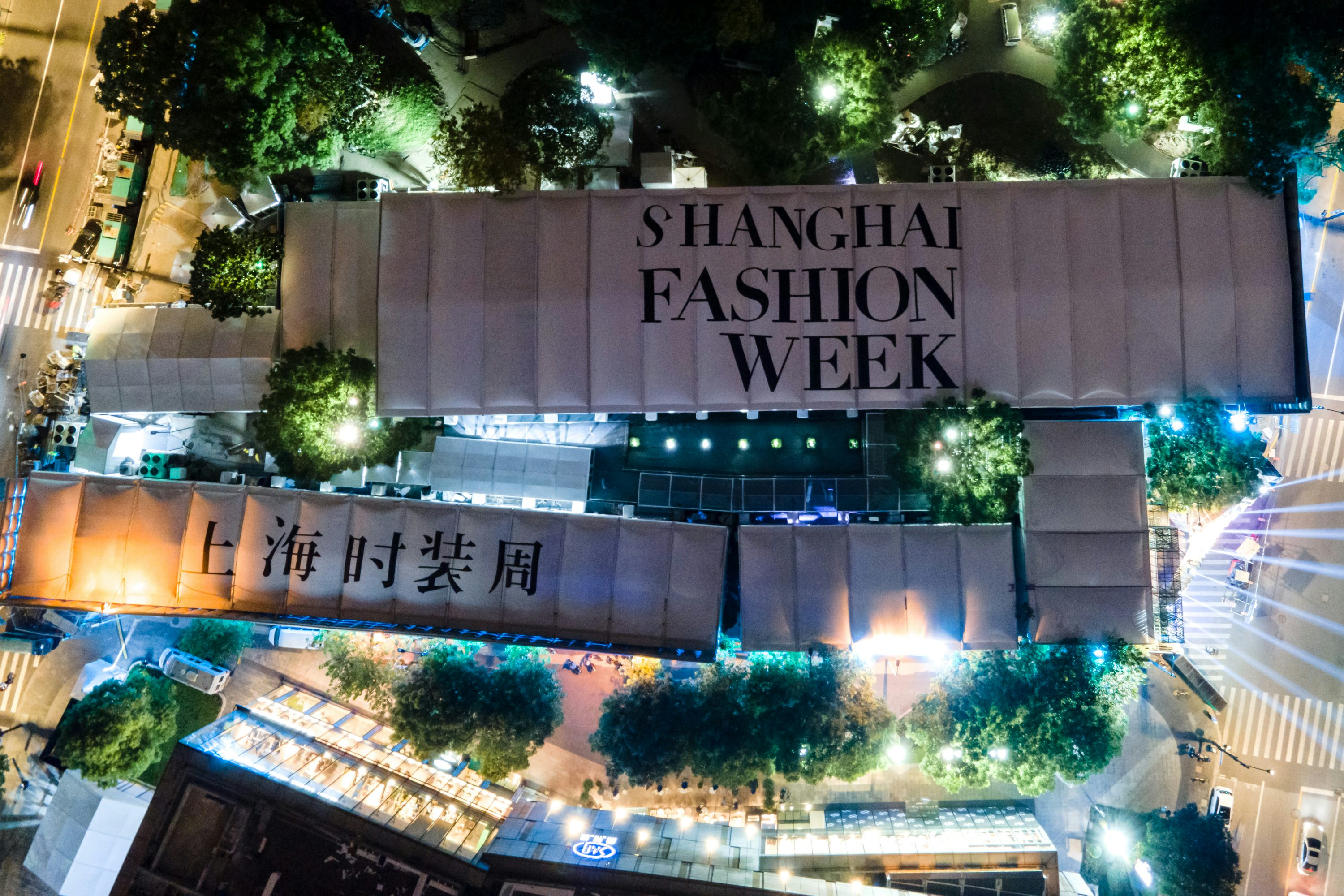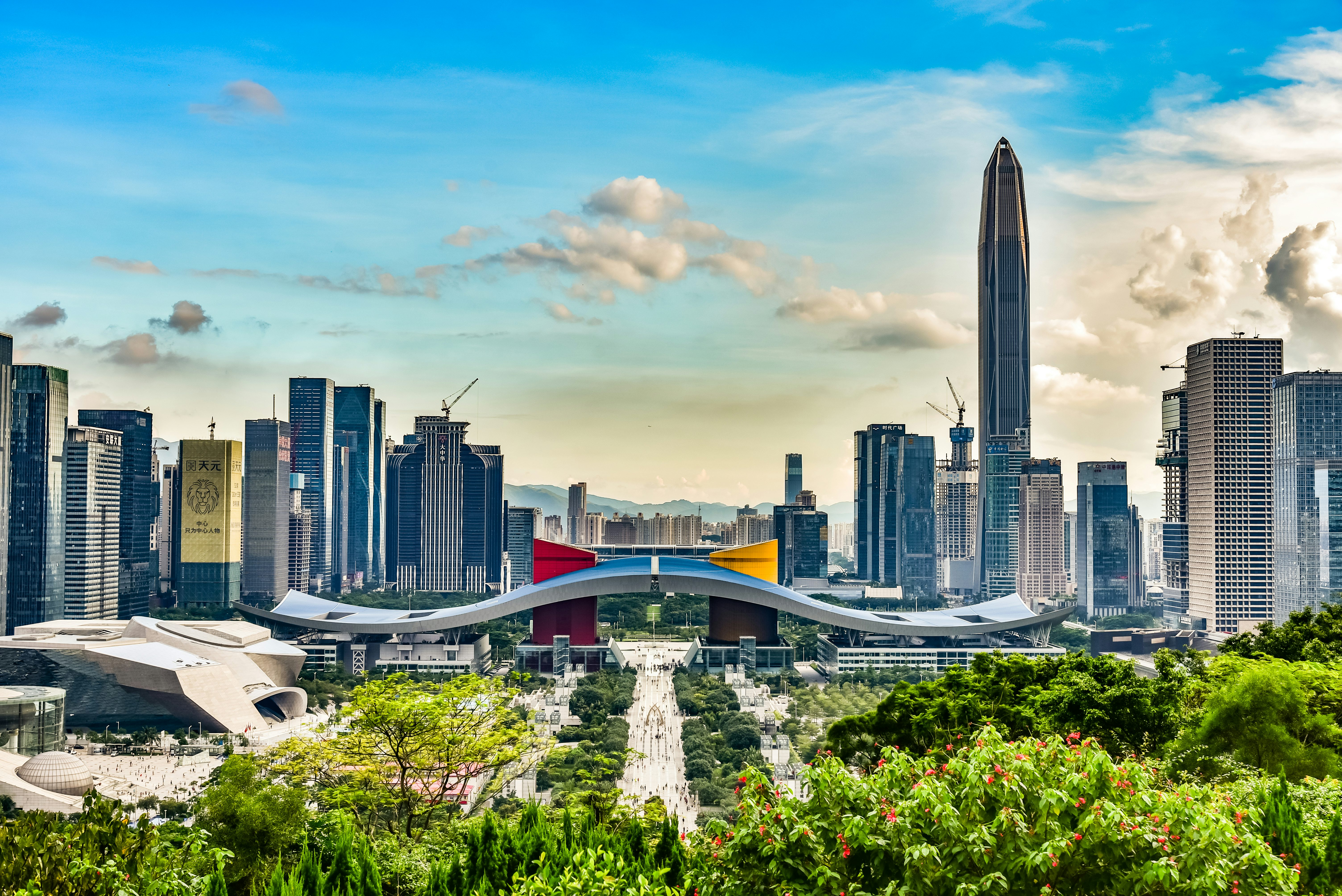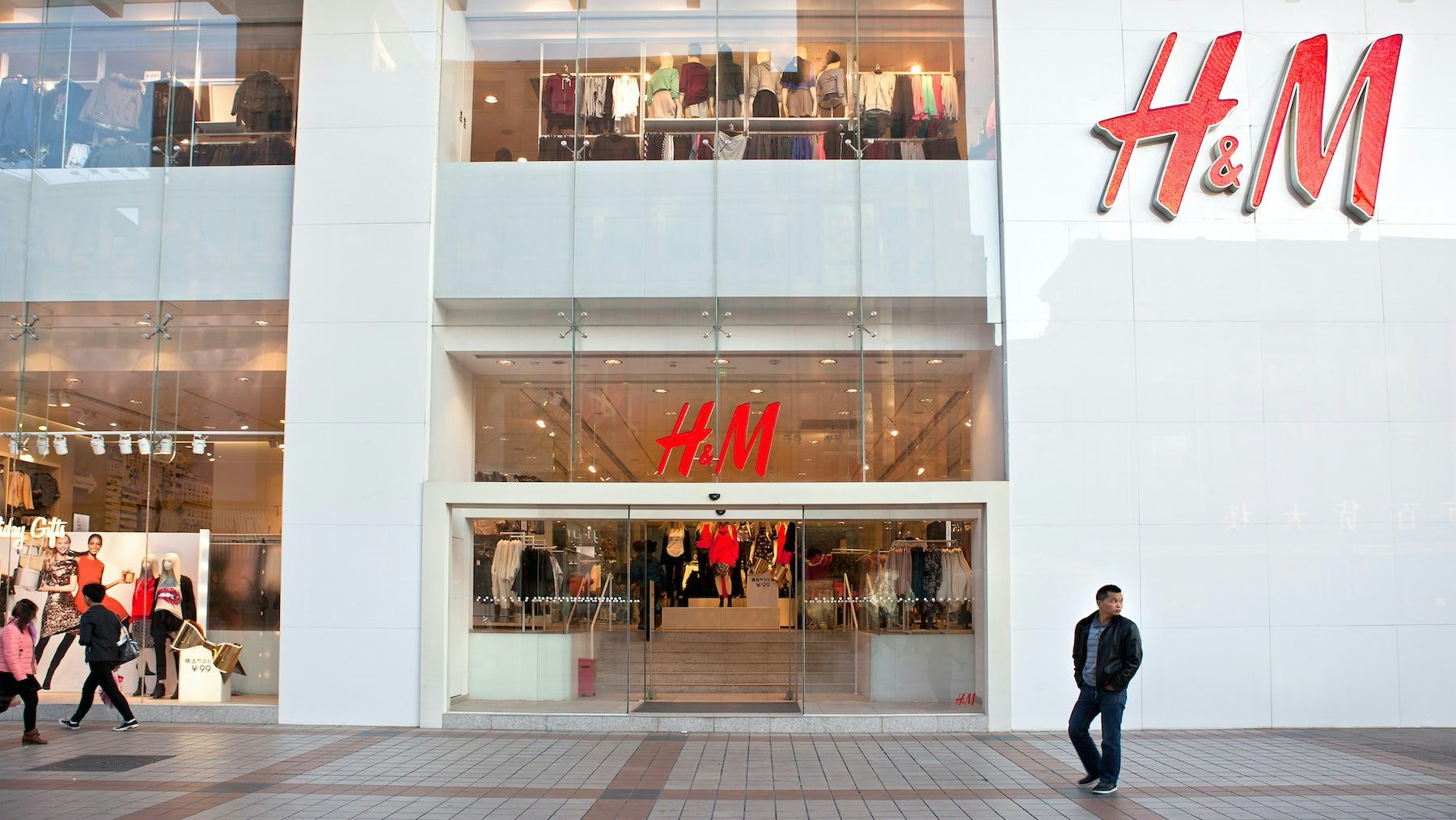The World’s Third Largest Sportswear Company May Surprise You | China Decoded, BoF Professional
The origin story of China’s Anta Sports is well-known in its homeland. It’s a rags-to-riches tale of epic proportions, starring founder and chairman, Ding Shizhong.
In 1986, Ding, a high school dropout from a small town in the southern province of Fujian, borrowed 10,000 yuan ($1,500 at current exchange) from his father and purchased 600 pairs of shoes from a relative’s factory. He took his inventory north to Beijing and sold the lot, returning to his hometown to invest the profits in setting up his own factory to manufacture shoes for international brands.
Not content with making shoes with other company’s logos on them — or the lower margins associated with them — Ding made what was an unusual move at the time. In 1991, he set out to build a brand of his own and called it Anta. In the years since, Ding hasn’t been shy about making his ambitions for that brand clear, often repeating the mantra that he was not looking to build “the Nike of China,” but rather to create “the Anta of the world”.
“To be honest, the dream for us at that time was focused on being China’s number one; we said in 2015 we aim to have revenue over 100 billion yuan ($15.36 billion) by 2025,” explained Anta Group’s chief operating officer Chen Ke.
At the time of writing, with a market cap hovering around HK$325 billion ($41.85 billion), Ding’s company is among the world’s largest sportswear groups, behind only market leader Nike (market cap $218.38 billion) and Adidas ($54.23 billion) having overtaken Lululemon ($40.96 billion), Puma ($12.9 billion) and Under Armour ($9.71 billion), as well as its fiercest local rival, Li Ning (HK$119.6 billion, or $15.4 billion at current exchange).
Ding was not looking to build ‘the Nike of China’, but rather to create ‘the Anta of the world’.
Since Ding built the business almost entirely on the domestic market, Anta has understandably flown under the radar of international attention, but in China too, people are astonished when they hear Anta Sports is the world’s third-largest sportswear company.
“I was surprised to learn that fact,” said Yi Kejie, content manager at China Marketing Insights. “Anta used to be, in most Chinese consumers’ minds, a brand that targeted third and fourth tier cities and even lower [but] now…I think the brand image is definitely improving and changing.”
The company is the beneficiary of numerous consumer and economic trends favourable to Chinese sportswear companies in the wake of the Covid-19 pandemic, including China’s own consumer rebound and the guochao trend among patriotic younger consumers who are more open to buying local brands over international competitors. The global focus on fitness and health is also proving a boon for sportswear makers of all stripes.
All this means the value of China’s already considerable sportswear pie is growing. According to Euromonitor data for 2019 (the most recent available) the retail value of the sportswear market in China reached 316.6 billion yuan ($48.6 billion) with products from Nike accounting for 22.9 percent of sales, Adidas boasting a 20.4 percent share and Anta coming in third with 16.4 percent of the market.
For the year ending December 31, Anta’s annual report, which included group brands except those under the Amer Sports umbrella, said revenue was up 4.7 percent to 35 billion yuan ($5.37 billion), gross profit rose 10.7 percent and operating profit increased 5.3 percent on the year.
By comparison, in 2020, Li Ning saw its revenue increase 4.2 percent year-on-year to 14.46 billion yuan ($2.22 billion), with net profit increasing on a comparative basis by 34.2 percent to 1.7 billion yuan ($261 million). At Nike, which announced its fiscal third-quarter results last week, sales shot up 51 percent in Greater China.
In our minds, as Chinese consumers, I think Nike ranks first.
This points to a significant problem for China’s largest homegrown sportswear player. Though it has made significant headway in restructuring and rejuvenating its business in order to reach more consumers in China, its international and domestic rivals have also made great strides.
“In our minds, as Chinese consumers, I think Nike ranks first‚” Yi Kejie said. The American brand’s premium positioning is reflected in price. Nike sneakers in China have a starting price of around 400 yuan ($60), with newly released models often priced over 1,000 yuan ($153), whereas Anta’s own brand adult sneakers command a price between 200 and 400 yuan ($30 to $60).
“I see so many KOLs (influencers, known as ‘key opinion leaders’) and content creators posting photos on Xiaohongshu of Nike clothes and this winter, if you are walking down the street in China, you see so many people wearing Nike’s jacket with the very big swoosh at the front. It appeals a lot to younger consumers.”
Achieving Ding’s goal of Anta becoming number one in China will require steely ambition. To overtake Adidas, Anta needs to make some impressive progress. To reel in Nike, however, would be a mammoth task, but it’s also one that seems more plausible in light of the ongoing controversy that has erupted this week in China that has seen social media users vociferously object to western brands that have disavowed the use of cotton sourced from the Xinjiang region in their supply chains.
The fallout has seen Nike brand ambassadors Wang Yibo and Tan Songyun publicly end their affiliation with the US sportswear giant and China’s biggest sneaker resale site, Dewu, known as Poizen in English, announce it had removed all Nike products indefinitely from its platform.
In the face of this backlash against its international rivals, Anta doubled-down on winning favour with domestic consumers by announcing it had cut ties with the Better Cotton Initiative (BCI), which has said it would stop sourcing cotton from Xinjiang.
No-one yet knows what the long-term impact of this controversy will be, but even before it exploded this week, Anta executives were in the midst of executing a long-term transformation plan, which, to date, has seen some pretty impressive results.
Divergent Strategies for the Same Challenge
Before international sportswear giants took direct aim at the China market, local players, including Anta, Li Ning, Peak and 361°, dominated a market that was largely interested in mass market, value for money offerings.
But resting for too long on their laurels, these brands were quickly overtaken by foreign rivals that outclassed them with slick branding and marketing campaigns, and came to be seen by Chinese consumers as a higher-quality, higher-tech, more modern and fashionable choice than their local high street brands.
Refusing to change means death…So, there was no hesitation to make a change.
By 2012, these local players, including Anta, were in quite desperate straits, being forced to consolidate their points-of-sale and deal with a glut of inventory. It seemed as though they had fallen hopelessly behind as their consumers marched on.
“Refusing to change means death…So, there was no hesitation to make a change,” Ding Shizhong told local media outlets a few years later.
The two leading Chinese players, in Anta and Li Ning, went on to do something few expected at the time. They reversed their fortunes in rather spectacular fashion, but took vastly divergent paths to get there.
Li Ning was founded in 1990 by the brand’s namesake, a gold medal-winning Olympic gymnast, to provide other aspiring Chinese athletes with a national brand. Though it had this valuable association and heritage, it needed a revamp.
Outside an Anta Sports store | Source: Shutterstock
Executives at Li Ning took what CMB International research analyst and vice president, Walter Woo, described as the “much more difficult” option of remaking its own brand, investing in its design and fashion credentials, as well as splashy international outings at fashion weeks in New York and Paris designed to further boost its image at home.
The brand’s transformation also included a pivot to more direct to customer retail, and product development that doubled down on performance, functionality and design.
“A lot of companies are trying to be higher-end [to capitalise on the country’s middle class consumer upgrade trend and higher profit margins, but] it’s hard for Chinese companies to achieve that … [Li Ning] somehow succeeded at doing that,” Woo said.
Anta decided to go a different way. Instead of upgrading its main brand, it would expand beyond its lower-tier base of value-driven consumers by acquiring other brands with different market propositions.
The first acquisition was Fila’s China business, bought from Belle International in 2009 when the Italian brand, founded in 1911, was at a low ebb (the global entity was purchased by its subsidiary, Fila Korea, Inc in 2005). Fila’s fortunes have since reversed dramatically, particularly in China, where it has seen sales grow 18.1 percent in 2020, riding a years-long streetwear trend that has gripped post-90s and post-00s consumers here.
“If we depend on our Anta main brand [alone] becoming China’s top sportswear group, [that] would be very difficult, so we decided to pursue the multi-brand strategy with Fila and other brands,” Chen explained.
The diversification of Anta’s brand portfolio continued over the next decade, with the addition of Kolon Sport, Descente and others, before its biggest acquisition to date, the $5.2 billion purchase of Amer Sports, and its sub-portfolio of brands, including Salomon, Arc’teryx and Wilson, in 2019.
As of 2020, Anta Group boasted 25 brands, many of which take aim at tier one and two city consumers looking for mid- to high-end sportswear, while the Anta brand continued to cater to lower-tier city consumers. This multi-brand strategy was a key pillar of its growth, but not the only one.
Building a Modern Business
Around the same time that it went on an acquisition spree, Anta also invested heavily in research and development, improving the quality and technicality of fabrications for its flagship Anta brand. The group reportedly amassed 1,400 innovation patents and entered into a long-term sponsorship of China’s Olympic team, so that the name Anta would remain top-of-mind for Chinese consumers considering their next sportswear purchase.
Anta Store in Johor Bahru, Malaysia. Shutterstock.
According to Chen Ke, this focus on upgrading the functionality of Anta’s products has been key because the “mass market still needs mainstream brands …. [They will buy Anta] as long as the product is good and it’s a well-known brand,” he said.
E-commerce has been key to achieve this. Chen says that as early as 2015 Anta had an omnichannel first mentality that has resulted in group e-commerce sales of more than 10 billion yuan ($1.54 billion) over 2020.
Its physical retail network also remains formidable, with 9,922 Anta branded stores and an additional 2,006 Fila stores. In comparison, Li Ning has a retail network of 6,225 points of sale, Nike has a 7,000-strong retail network across Greater China and Adidas has around 12,000 outlets.
The acquisition of Amer Sports in 2019, as well as conjecture the group might be a potential buyer for the Reebok brand that Adidas has been vocal about wanting to offload, naturally leads to questions about Anta’s global ambitions.
According to Chen, the appeal of Amer Sports was both about its brands’ potential in the China market and Anta’s ambitions to grow its presence globally. The acquisition has given Anta a taste of running an international company.
“The development in China is very good, after China, our big dream is to go global,” Chen said. “For us, it’s a new [focus], but we are confident it will be successful.”
时尚与美容
FASHION & BEAUTY
The Shanghai Fashion Week event spaces from above. Shanghai Fashion Week.
Shanghai Fashion Week Doubles Down on Local Influencers
Shanghai Fashion Week, which will run from April 6 to 13, has tapped livestream sensation Li Jiaqi (aka Austin Li) to host two events on its opening day, including the launch of its consumer-facing Shanghai Fashion and Lifestyle Carnival. The influencer, who boasts nearly 50 million followers across Weibo, Xiaohongshu and Alibaba platforms, is considered one of China’s most powerful sales drivers and will host an event in partnership with Alibaba’s Tmall platform alongside a livestream to promote Chinese design with emerging designer platform Labelhood. Shanghai Fashion Week also named Xiao Xue, former editor-in-chief of Elle China, an ambassador for a three-year term. She will play a role in supporting Chinese brands, promoting sustainability and women’s empowerment. (BoF)
Daigou Handbag Sales Remain a Challenge for Luxury Brands
It is estimated that daigou (as grey market substitute shoppers or parallel importers are known in China) sold more than 28 million yuan ($4.3 million) worth of luxury handbags, from Gucci’s Marmont to Celine’s Box, Loewe’s Puzzle, Balenciaga’s Hourglass and Prada’s Hobo last month. The latest Daigou Index Report from Re-Hub, conducted in February, over the major annual shopping occasions Chinese New Year and Valentine’s Day, used AI to track the 28,000 daigou listings and sales of these five iconic handbag styles on sale via Alibaba’s Taobao platform. It found that 77 percent of identified daigou listings were for products shipped from overseas, rather than from within China. (BoF)
科技与创新
TECH & INNOVATION

KOL mobile platform. Illustration by BoF.
KOL E-Commerce Pioneer, Zhang Dayi, Fined For Mislabelling Products
A company affiliated with online influencer (known in China as Key Opinion Leaders or KOLs) Zhang Dayi, who famously out-earned Kim Kardashian by selling products to fans via her Taobao store has been fined 500 yuan ($76.70) by the Market Supervision and Administration Bureau of Jianggan District, Hangzhou City, for mislabelling the fibre content on apparel that was randomly sampled and tested by the bureau in 2020. The trousers in question have also been banned from sale. (Jiemian)
Japanese Messaging App, Line, Cuts Off China’s Access to User Data
Messaging app Line has removed Chinese affiliate’s access to personal data. Government officials began to rethink using the app following reports of foreign access to in-country equipment. Four engineers performing system maintenance in China had access to Line’s Japanese servers containing personal data. Separately, monitoring of certain elements of the app was subcontracted to a different China-based company. (Nikkei Asia)
消费与零售
CONSUMER & RETAIL
Cityscape of Shenzhen, China. Shutterstock.
Shenzhen Plans to Be a Duty Free Retail Hub
The Luohu District of Shenzhen has proposed to build a high-end duty-free shopping hub and a Guangdong-Hong Kong-Macau Greater Bay Area duty-free shopping area. Not long ago, Yantian and Qianhai, two other districts in the Southern Chinese megacity revealed similar plans, and the latter has signed agreements with Shenzhen Duty Free Group. Developing duty free shops in the city is one of the policies emphasised by the central and local governments to further the repatriation of consumption to the mainland. Elsewhere, the tropical island of Hainan has already proved its potential, but China’s 14th Five Year Plan proposes to expand duty free areas to Beijing, Shanghai, Guangzhou, Shenzhen and Chengdu. (BoF)
Japan’s H2O Retailing to Open Department Store in China
The owner and operator of Hankyu Hanshin Department Stores will partner with Shanshan Group to unveil a luxury shopping destination in Ningbo, China next month. The store will be H2O Retailing’s first venture outside Japan and span 230,000 square metres. It was slated to open in 2018, but was delayed thrice by complications relating to renovations and the pandemic. The location will house luxury fashion boutiques — including Jimmy Choo, Celine and Moncler’s first outposts in Ningbo — alongside premium beauty stores and Michelin star restaurants. (BoF)
Alibaba and Bilibili Release Fashion Report
The “2021 Spring and Summer Season Fashion Report” from tech giants Alibaba and Bilibili found that post-90s and post-00 consumers in China remain the driving force behind China’s fashion consumption growth. With an average capital expenditure of 51,260 yuan ($7,871), Gen-Z fashion consumption in China accounted for 30 percent of the overall fashion market in 2020, with a year-over-year growth rate of 106 percent. This figure is higher than the 91 percent growth rate of overall spending in the fashion market. (Retail in Asia)
政治,经济与社会
POLITICS, ECONOMY, SOCIETY
H&M Store, Beijing. Shutterstock.
H&M, Nike, Adidas, Calvin Klein, Uniqlo and Converse Lose Chinese Brand Ambassadors Over Xinjiang Cotton Row
A row has erupted on Chinese social media after a statement from H&M, detailing its commitment to stop using cotton from the Xinjiang region due to alleged forced labour concerns, were widely shared. Many users called for a boycott of the retailer and for H&M to “get out of the Chinese market”. Soon after search results for H&M on Alibaba’s Tmall (where H&M has long had an official store) and JD.com came up with no results, it’s unclear whether, or for how long, the brand has been banned from these platforms. The controversy has cost a host of brands their partnerships with Chinese celebrity ambassadors, with H&M, Nike, Uniqlo, Converse, Burberry and Calvin Klein losing brand ambassadors due to their stance on Xinjiang-sourced cotton. (BoF)
US and China Envoys Trade Barbs in Alaska
US and Chinese officials have exchanged sharp rebukes in the first high-level talks between the Biden administration and China, which took place last week in Alaska. Chinese officials accused the US of inciting countries “to attack China”, while the US said China had “arrived intent on grandstanding”. Relations between the two superpowers are at their most strained for years. The talks in Anchorage involved Secretary of State Antony Blinken and National Security Adviser Jake Sullivan on the US side, facing off with China’s most senior foreign policy official, Yang Jiechi, and foreign minister Wang Yi. In spite of the public spat, a US official said the subsequent talks behind closed doors had been “substantive, serious and direct”. (BBC)

